| Structure | Name/CAS No. | Articles |
|---|---|---|
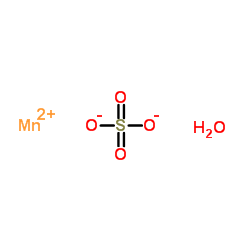 |
Manganese(II) sulfate monohydrate
CAS:10034-96-5 |
|
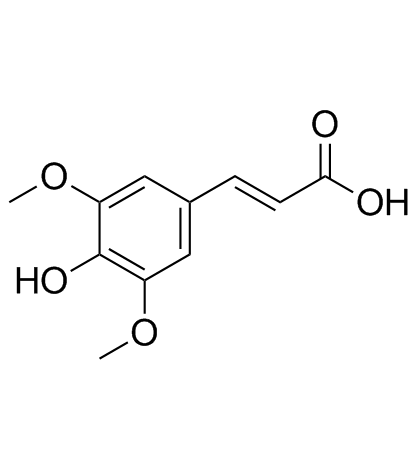 |
Sinapic acid
CAS:530-59-6 |
|
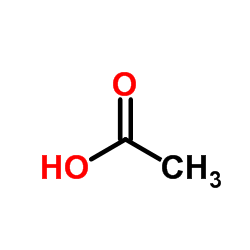 |
acetic acid
CAS:64-19-7 |
|
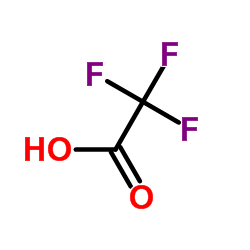 |
trifluoroacetic acid
CAS:76-05-1 |
|
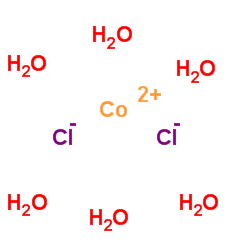 |
Cobalt(II)chloridehexahydrate
CAS:7791-13-1 |
|
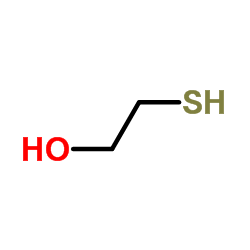 |
mercaptoethanol
CAS:60-24-2 |
|
 |
Manganese sulfate, monohydrate
CAS:15244-36-7 |
|
 |
calcium chloride dihydrate
CAS:10035-04-8 |
|
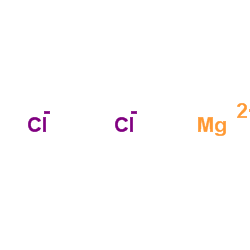 |
Magnesium choride
CAS:7786-30-3 |
|
 |
acetic acid
CAS:1173022-32-6 |